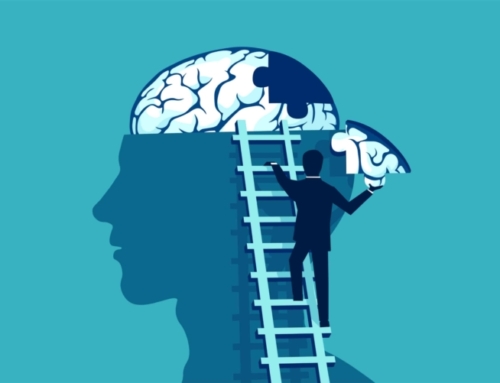Last week I received an email from a reader. It said, “Jack, I’ve heard you say more than once that patients are more than a ‘set of symptoms.’ I treat my patients with respect and know that especially a current psychosocial history is important to find out about what strengths and weaknesses the patient has. But I think you have more in mind when you say this. Could you talk about this.” – Name Withheld
I’m always grateful for prompts. So thanks for this. (And if you have something you’d like to prompt me on, please let me know.)
Yes, I have said that patients are more than a set of symptoms or, more rudely, more than a ‘sack of symptoms’ – I was trying to make it memorable. Nothing I write below will be news to you. If you can kindly treat this as a reminder of what you already know, I’d appreciate it. Here is that comes to mind:
Resources Present and Potential
Starting with the reader’s point: when I’m gathering a social and personal history, a main goal is to ascertain what resources, both internal and external, the patient has deployed in the past. Perhaps they have a friend who has been supportive through all their suicide attempts and hospitalizations. Perhaps they continue to volunteer at the Salvation Army. Perhaps they journal or paint or have another way of expressing, calming, and grounding themselves. Next I try to understand when and how these resources fail to deploy; what are their limits. After that, I try to identify potential resources that I can help the patient build up, expand, and better deploy. For example, I recall a patient, a middle aged woman with depression, whose sense of overwhelm was worsened by caring for her aged, medically ill parents. As a parentified child, she always played this role until her own health and boundless energy declined. Over many weeks – I felt bad because I was hounding her about this – she finally gathered her siblings together and said she needs their help visiting, shopping for, cleaning after, and driving around her parents. What broke the dam for her – in addition to simple physical exhaustion – was her reframing of this situation as project managing a complex initiative, like she does at work.
Adaptive and Maladaptive Coping Strategies
One way or another, whatever life throws at us, we find ways to cope. However, many coping strategies don’t work or cause harm. Seeking solace through drinking or drugging; through overeating, gambling, sex, or through avoidance of what is scary, is common. The problem with many coping strategies is that there is a misalignment in outcomes between the now and the future. I describe this as “Short term gain for long term pain.” Let me give you an unexpected example.
Persons who engage in ruminative suicidal ideation are doing so not ONLY because those thoughts are expressions of their suffering but ALSO because they provide relief. This is an often overlooked aspect of suicidal thinking, researching, planning, and practicing: that these activities can provide relief. Suicide can be viewed as “my escape plan,” as one patient put it to me. Ruminating about suicide can lead to romantic imaginings of being a “misunderstood artist recognized in death” or “getting back at the people who hurt me.” Suicidal rumination also distracts from and defers making behavioral changes that seem overwhelming and hard.
But, of course, suicide-related symptoms, such as suicidal thoughts and behaviors, lead to a vicious cycle: the more you think about suicide the more you think about suicide, and all that thinking increases the risk of acting. As clinicians we can better guide our patients to alternate adaptive coping strategies when we understand that even painful-seeming behaviors are ways of coping and are reinforcing by offering short-term relief. Everything I said above applies equally, if not more so, to non-suicidal self injury such as cutting.
Person Behind the Illness
When a person suffers a breakdown, such as a depressive, manic, or psychotic episode, once the symptoms are controlled, that person is left with the aftermath. Imagine living a life where your SELF, the very core of you, is not under your control. That self that re-emerges after symptoms subside is left shaken, vulnerable, and grieving. Their assumptive world of predictability is shaken. What plans can they make for the future that might not dissolve when they again “lose their mind?” What is left in their world that can have value and meaning under their new circumstances of living with a serious mental illness? How do they live with such uncertainty, when their core sense of self can come and go? Difficult questions to come to terms with that are made easier by a clinician who can hear and understand.
Until next time,
Dr. Jack
LanguageBrief
Today’s Quotes
“I guess in the end, it doesn’t matter what we wanted. What matters is what we chose to do with the things we had.” – Mira Grant, Deadline
“I am not “cured”–I know I never will be. I will always crave that pain to keep me centered. I will always be just a little astounded when I get through a crisis without putting a blade to my flesh.”– J. Kenner, Complete Me
“Dreaming was easier than screaming, and screaming was easier than worrying, and worrying was easier than crying, which was what she knew she would be reduced to if she didn’t keep a hard eye on herself.”– Kevin Brockmeier, The Brief History of the Dead






Leave A Comment